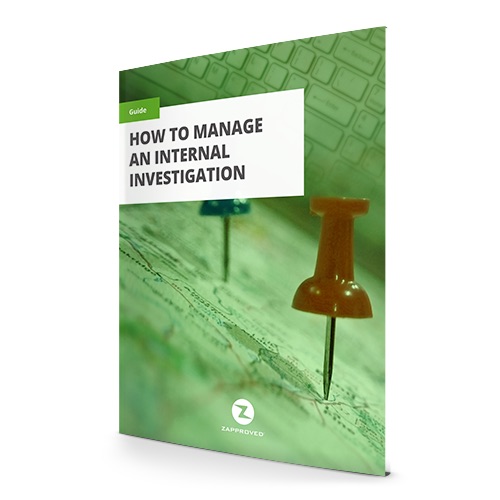Learn how to conduct a defensible internal investigation.
These 5 best practices will shape your process for fast, effective results.
An internal investigation is exactly what it sounds like: an inquiry into an organization’s internal operations. Internal investigations frequently involve allegations of wrongdoing, such as embezzlement, sexual harassment, discrimination, or wrongful termination. However, an internal investigation may also be conducted in response to a regulatory compliance concern initiated by agencies like the U.S. Securities and Exchange Commission (SEC) or as part of a due diligence process before a merger or acquisition.
The goal of an internal investigation is to either detect and respond to wrongdoing or dispel suspicions. Organizations should respond to investigations in a way that curtails any specific incident of wrongdoing and discourages similar future violations. The overarching goal is to create an open, productive work environment that is neither distracting nor discriminatory.
Successful investigations are quickly initiated, promptly completed, fairly evaluated, and as thorough as they need to be. Here are our five best practices for conducting fast, defensible internal investigations.
